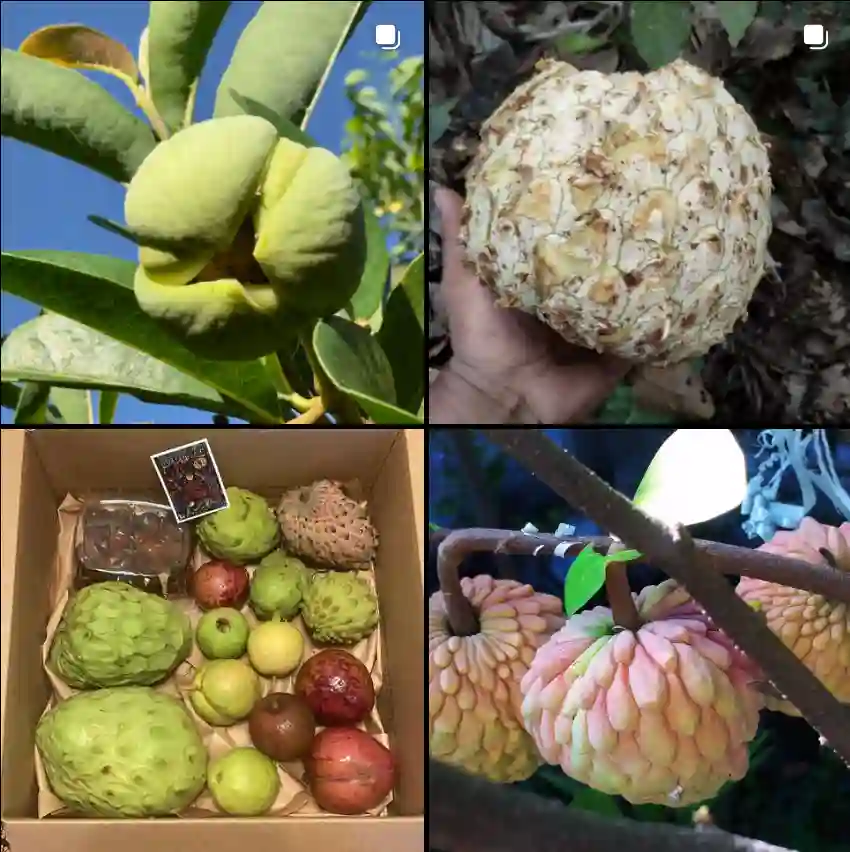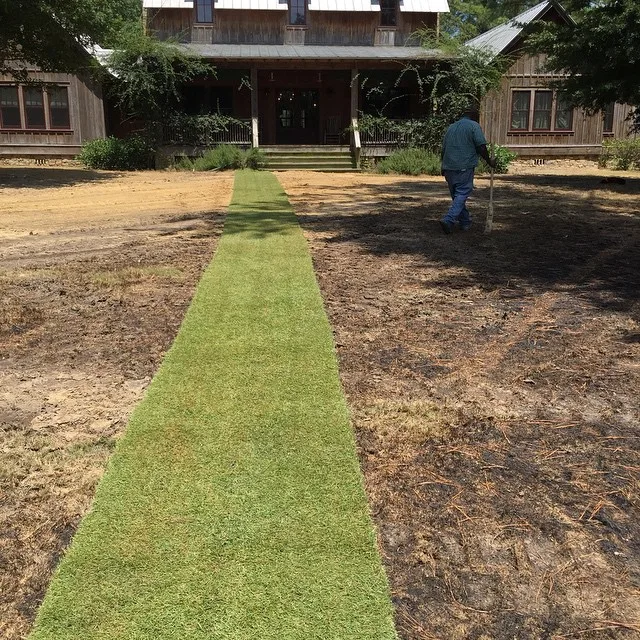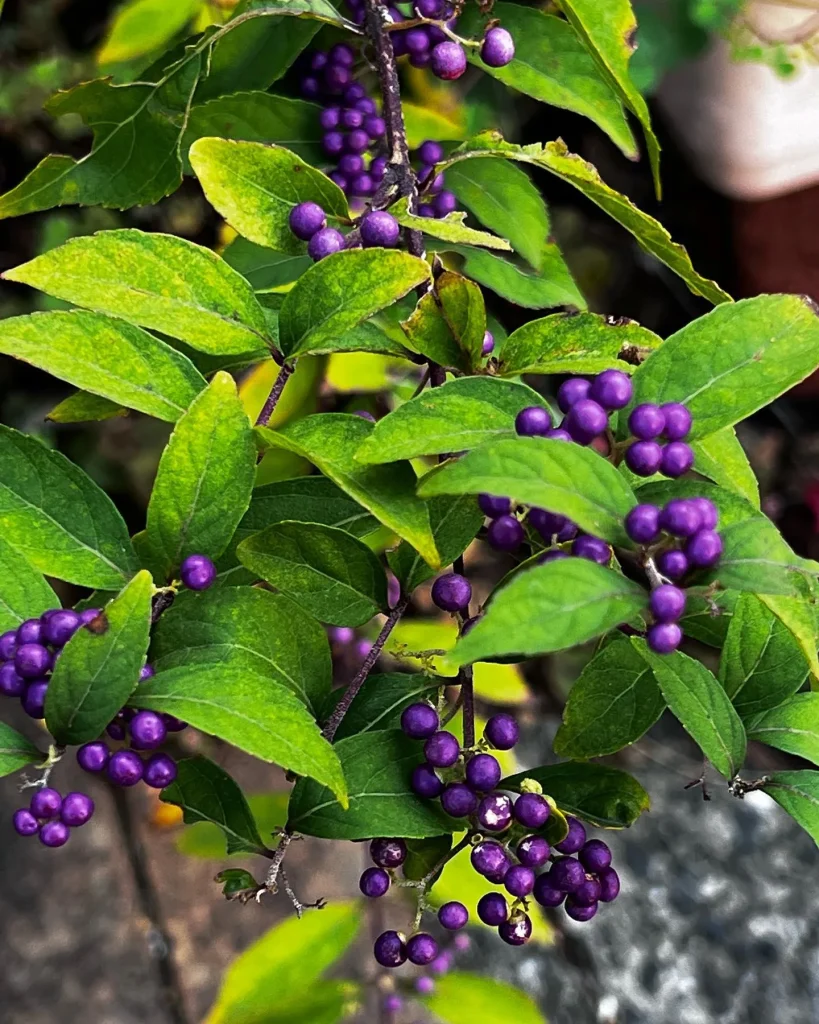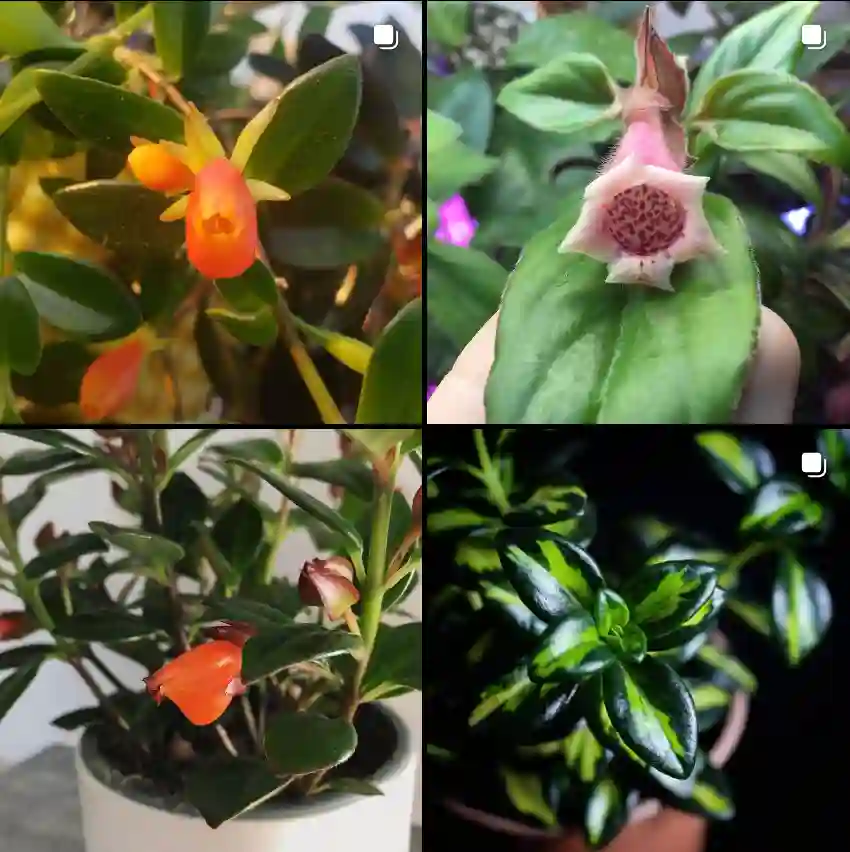What is Copiapoa Cinerea?
Copiapoa Cinerea is a fascinating cactus species native to the Atacama Desert in Chile. Known for its striking appearance, this plant is a compact, spherical cactus that can reach up to 12 inches in diameter. It has a bluish-gray skin with prominent, pronounced ribs and features tiny, white spines. The Copiapoa Cinerea is a member of the Copiapoa genus, which includes various cacti adapted to arid environments.
38 Species in Genus Copiapoa
How to Care for Copiapoa Cinerea?
Caring for Copiapoa Cinerea requires understanding its natural habitat and mimicking those conditions as closely as possible. Here’s a detailed guide:
- Light: Copiapoa Cinerea thrives in bright, indirect light. While it can handle direct sunlight, especially if acclimated, too much direct sun can cause sunburn. A south-facing window with filtered light or a greenhouse with shade cloth works well.
- Temperature: This cactus prefers warmer temperatures and should be kept in a range of 70-85°F during the day. It can tolerate cooler temperatures but must be protected from frost. Winter temperatures should not drop below 50°F.
- Watering: One of the most crucial aspects of Copiapoa Cinerea care is watering. It requires minimal watering compared to other cacti. Allow the soil to dry completely between waterings. Overwatering can lead to root rot, so it’s best to err on the side of too little water rather than too much.
- Soil: Use a well-draining cactus mix. You can also create your own by mixing regular potting soil with sand or perlite to improve drainage.
- Fertilization: Fertilize Copiapoa Cinerea sparingly. Use a balanced cactus fertilizer diluted to half strength once in the spring and summer. Avoid fertilizing during the winter when the plant is dormant.
How to Propagate Copiapoa Cinerea?
Propagation of Copiapoa Cinerea can be done through seeds or offsets, though seeds are more common. Here’s how to propagate from seeds:
- Seeds: Start by sowing seeds in a well-draining cactus soil mix. Lightly cover the seeds with soil and water them lightly. Keep the soil moist but not soggy and place the container in a warm, bright location. Germination can take several weeks to months.
- Offsets: While Copiapoa Cinerea doesn’t produce many offsets, if you notice any, they can be carefully separated from the parent plant once they are large enough to handle. Let the offsets dry for a day or two before planting them in a suitable cactus mix.
What to Plant With Copiapoa Cinerea?
When planting Copiapoa Cinerea, consider companions that have similar light and water requirements. Succulents and other drought-tolerant plants work well. Some good options include:
- Echeveria: These rosette-forming succulents have similar care needs and can create a visually appealing contrast with the Copiapoa Cinerea’s blue-gray hue.
- Aloe Vera: Known for its medicinal properties, Aloe Vera can complement the cactus’s aesthetic while sharing similar watering needs.
- Sedum: Sedums are hardy and can thrive in the same conditions as the Copiapoa Cinerea, adding variety to your plant collection.
Is Copiapoa Cinerea Toxic?
Copiapoa Cinerea is non-toxic to humans and pets. Unlike some other cacti and succulents, it poses no significant risk if ingested. However, its spines can cause irritation or discomfort if touched, so handling it carefully is recommended.
Benefits of Copiapoa Cinerea
Owning Copiapoa Cinerea can be quite rewarding. Here are some benefits:
- Low Maintenance: This cactus is relatively low-maintenance, making it an excellent choice for busy individuals or those new to cactus care.
- Aesthetic Appeal: Its unique blue-gray color and geometric form make it a striking addition to any plant collection or garden.
- Drought Tolerance: Ideal for those living in arid climates or areas with water restrictions, as it requires minimal watering.
Common Problems with Copiapoa Cinerea
Despite its resilience, Copiapoa Cinerea can face a few issues:
- Root Rot: Overwatering is a common problem and can lead to root rot. Ensure proper drainage and avoid excessive watering.
- Pests: While relatively pest-resistant, watch out for common cactus pests like mealybugs and spider mites. Regularly inspect the plant and treat any infestations promptly.
- Sunburn: If exposed to too much direct sunlight without acclimatization, the cactus can suffer from sunburn. Gradually introduce it to brighter light to prevent this.
Comparing Copiapoa Cinerea with Similar Cacti
If you’re considering Copiapoa Cinerea, you might also look at other cacti like:
- Copiapoa Hypogaea: Similar in shape and size but with a different color and fewer spines.
- Echinocactus Grusonii (Golden Barrel Cactus): Known for its golden spines and larger size, it requires similar care but has a more pronounced visual impact.
In summary, Copiapoa Cinerea is a striking and relatively easy-to-care-for cactus that brings a touch of desert elegance to any collection. Its unique appearance, coupled with its low maintenance needs, makes it a great choice for both novice and experienced gardeners.
If i die, water my plants!



